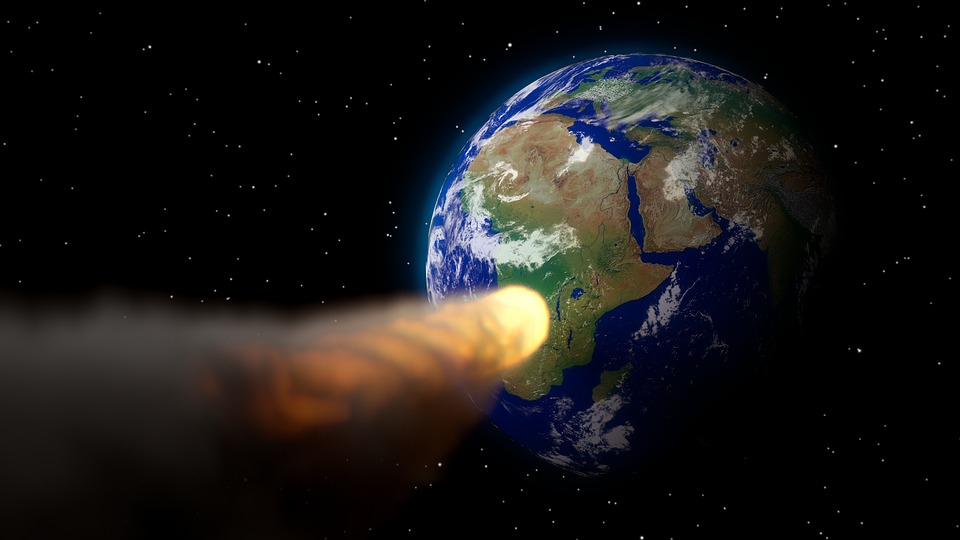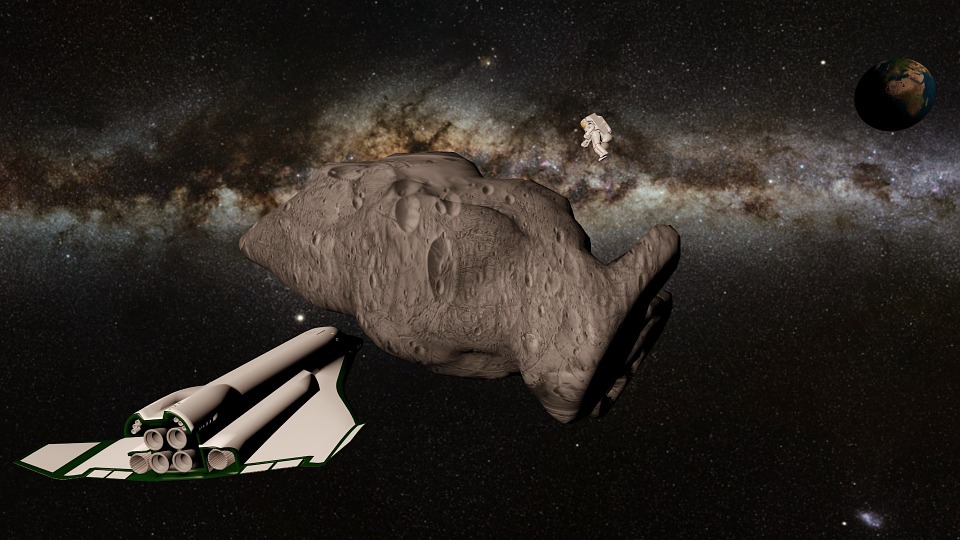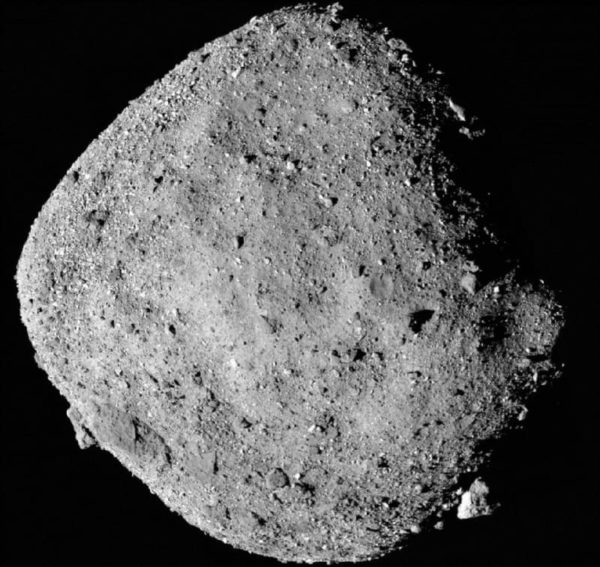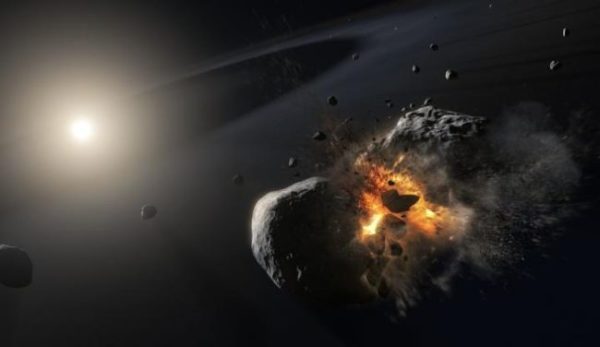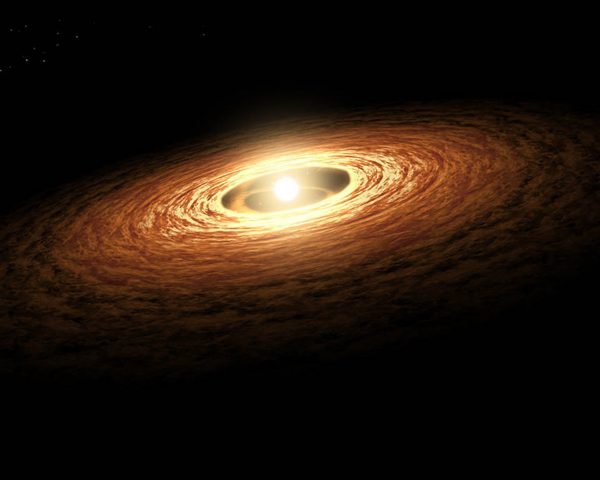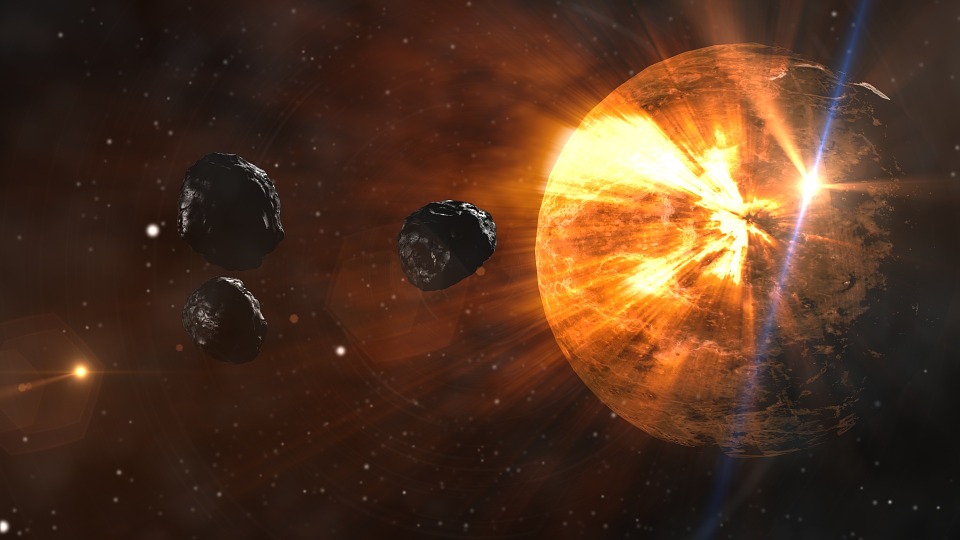WHAT IF: An Asteroid Threatened the Earth?
Every Wednesday, we’re asking a what-if question – how would our world be different if something were changed? Today’s question is from QSFer Julie Garrett: What if an asteroid was about to strike the earth? What could we do about it? How might it change our culture, before and after (if we stopped it)? Live Science tackles this here. Share your serious scientific analyses, your off-color jokes, and random thoughts on the topic on our FB and MeWe Groups: FB: http://bit.ly/1MvPABV MeWe: http://bit.ly/2mjg8lf



